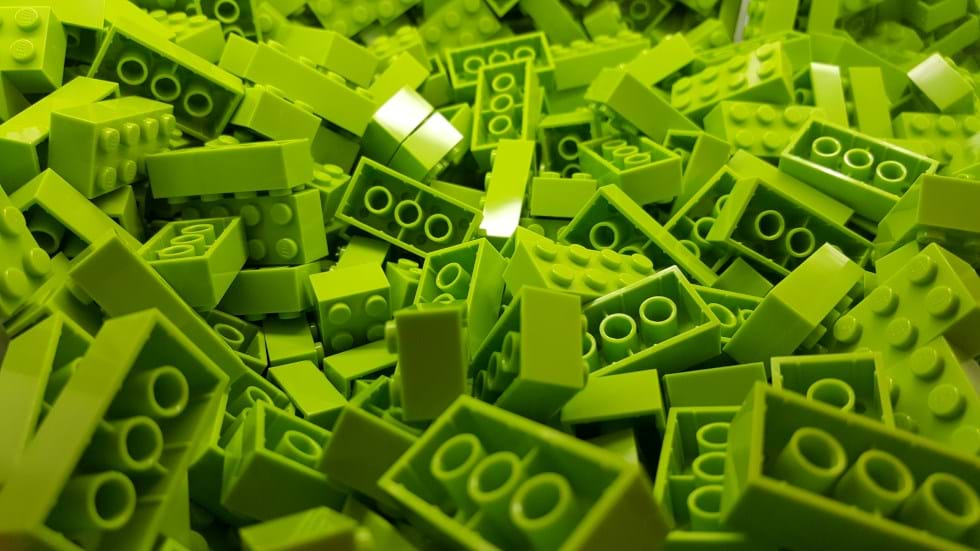Lego building for a greener future as it increases sustainable feedstocks

THOSE LEGO bricks you buy for your children (or sometimes yourself) are on their way to becoming more sustainable with the toymaker announcing that 22% of all its plastics are now made from sustainable materials. Though like the upturned unseen Lego in your carpet, the journey towards making billions of bricks sustainable has not come without some painful steps along the way.
The Danish toymaker says a significant increase in the amount of material it buys from renewable and recycled materials is behind the figure, up from 12% in 2023.
Greener Lego trees

Among Lego’s successful switches is the production of plastic toy trees and plants from real ones. Since 2018, more than 200 of these flexible elements, as Lego calls them, have been made from bio-polyethylene produced using sugarcane from Brazil. It has taken guidance from WWF to ensure its use of crops to make plastic bricks doesn’t compromise food security.
In March, it announced it was using a new material called arMABs, recycled from artificial marble kitchen worktops, to produce transparent Lego pieces including windows, windscreens, and lightsabres.
More than 600 different material grades have been tested in the search for sustainable replacements. The scale of the challenge was made apparent last year, after Lego cancelled a project to replace oil-based ABS used in 80% of its bricks with plastics from recycled bottles.
ABS replacement ends in disappointment
ABS, originally supplied by Bayer but now through a subsidiary of Ineos, requires around 2 kg of petroleum products to make 1 kg of plastic. After two years of testing, Lego concluded that using recycled polyethylene terephthalate (R-PET) and installing the new equipment it required wouldn’t reduce emissions.
Tim Brooks, Lego’s head of sustainability told the Financial Times that because R-PET was softer it needed extra ingredients to increase its durability and large amounts of energy to process and dry it. It was like trying to make a bike out of wood rather than steel, he said.
“In order to scale production [of recycled PET], the level of disruption to the manufacturing environment was such that we needed to change everything in our factories. After all that, the carbon footprint would have been higher. It was disappointing.”
E-methanol next
Lego will be hoping that plans to introduce a greener form of the hard plastic polyoxymethylene (POM) next year will have more success. This is made using methanol and last year, Lego announced it was working with the pharmaceuticals firm Novo Nordisk to produce e-methanol from renewable energy and CO2 from bio-waste. The e-POM plastic will be used in pieces that need to be strong but flexible including axles for toy cars.
POM is one of 12 types of plastic Lego needs to find cleaner production routes for. But shifting from oil-based plastics is just one element of the wider challenge Lego faces in going green. In 2023, emissions from its operations increased as it cranked out more bricks to meet demand. It says its new factories and production equipment will be more energy efficient and is installing solar panels to make use of renewable power.
And, if you end up tiring of your Lego – or simply wish to pass it on – the toymaker has a scheme called Replay for customers to box up and ship their unwanted bricks back to the firm for free. Lego then passes them on to charities and schools. Since the scheme was launched in North America in 2019, more than 475 t of Lego has been donated. It has now expanded the scheme to the UK.
Recent Editions
Catch up on the latest news, views and jobs from The Chemical Engineer. Below are the four latest issues. View a wider selection of the archive from within the Magazine section of this site.




